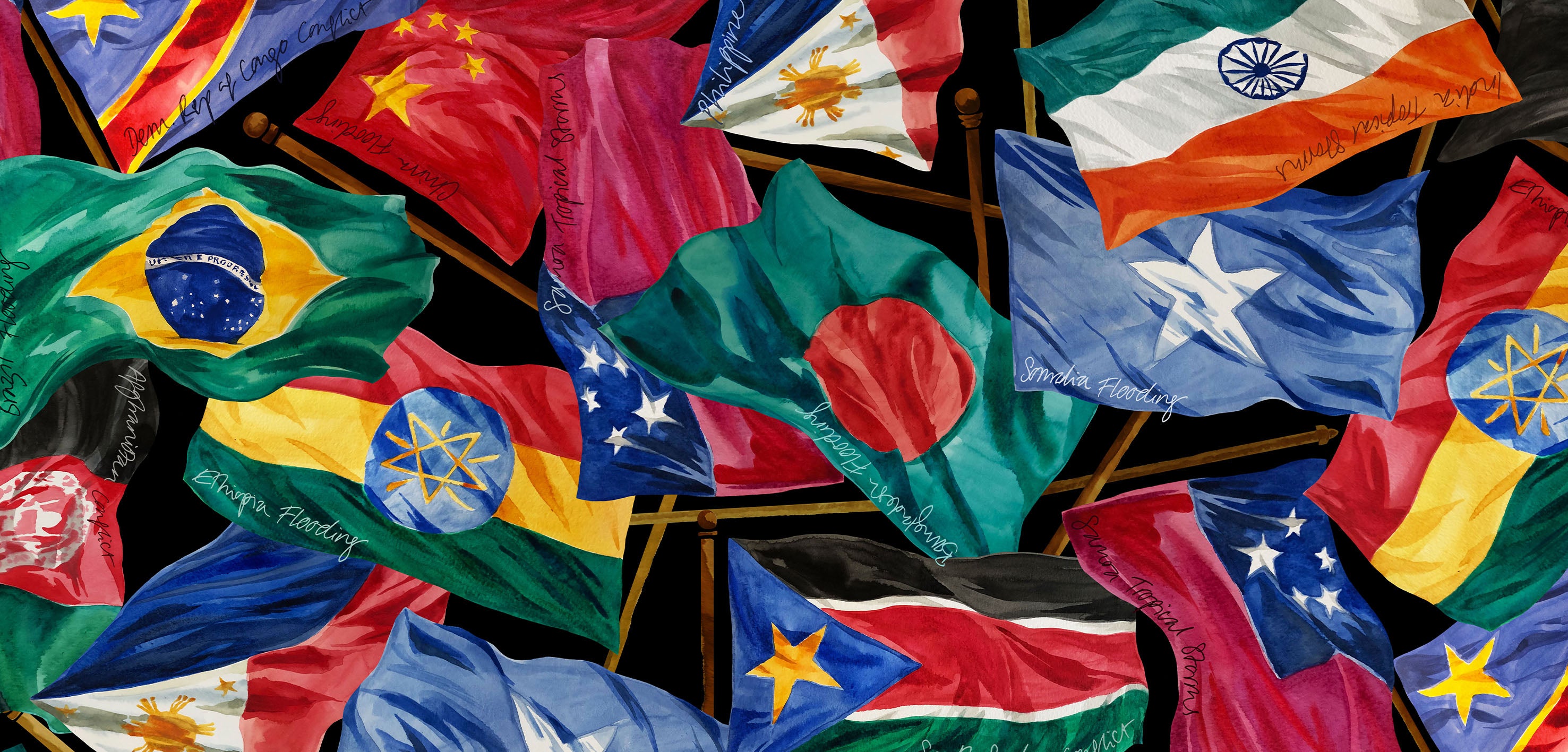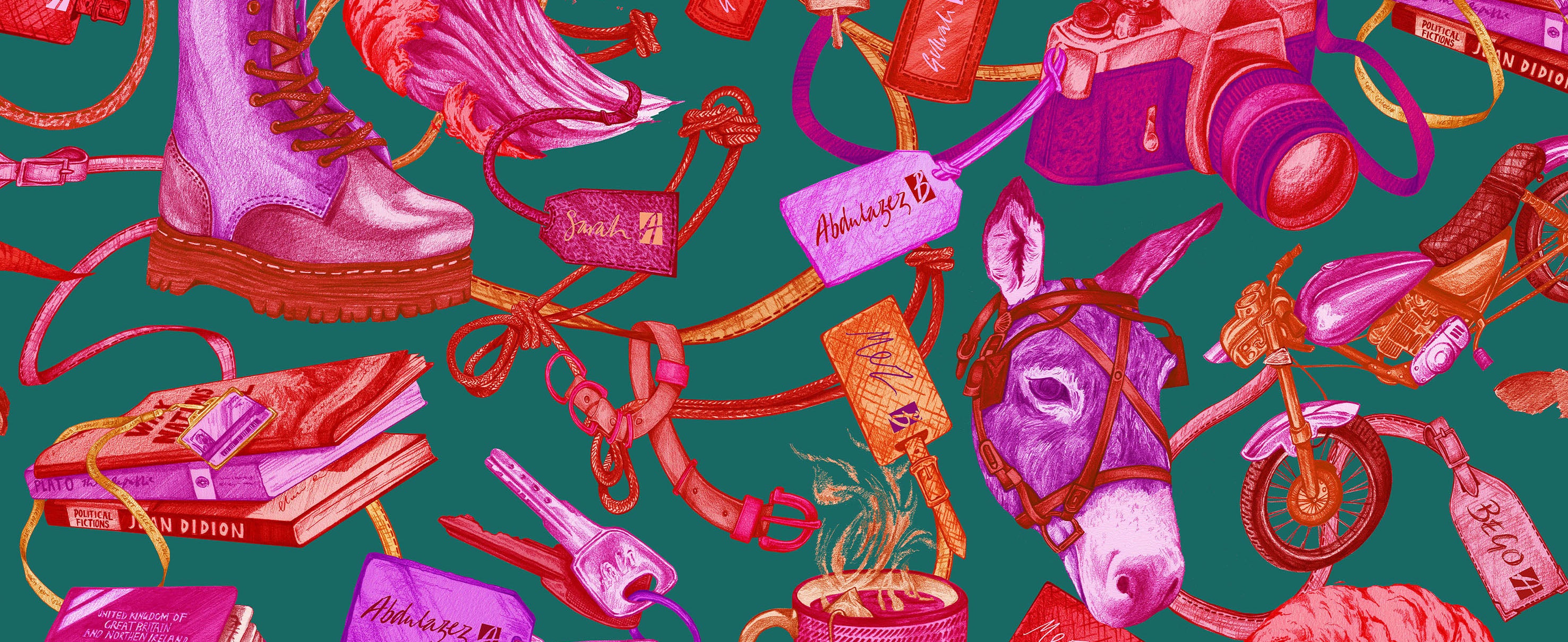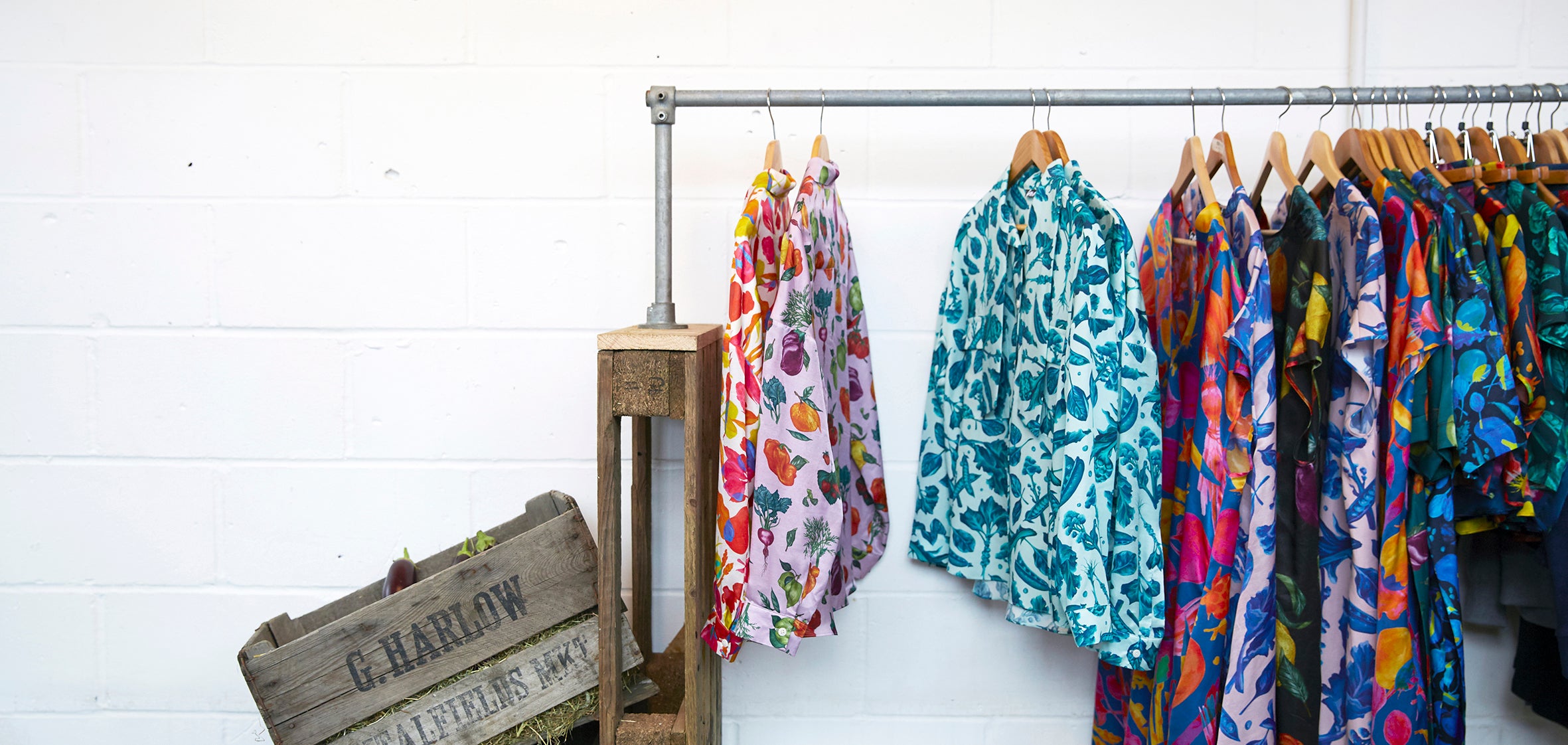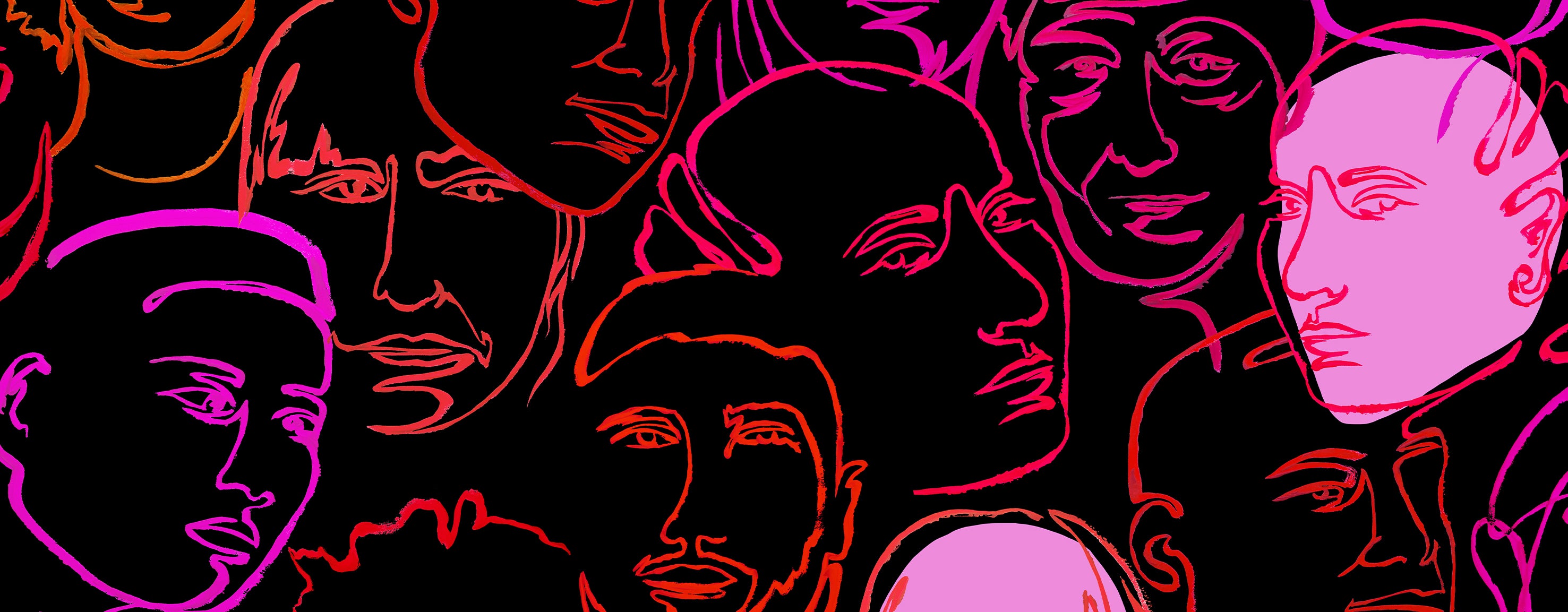Flags - A Map of Displacement

THE ISSUE
This mesmerising flag print represents the crises people are fleeing and why.
Look closer to see one of the main reasons for displacement written next to the country's name on the side of the flag.
Join us and become part of The Worldwide Tribe.
Following our Climate Change collection, we were shocked to find out just how many people are displaced due to issues with changing environments. As extreme weather becomes not only more extreme, but more frequent, the number of people who are forcibly displaced will rise.
Having researched the factors contributing to forced displacement of people, we didn’t want to exclude those being displaced for other issues, such as conflict, so these are also included in the print. What is incredibly clear is that often multiple factors contribute to the displacement of people, and these factors are not always exclusive - for example, countries suffering from drought and not being able to grow food tend to have conflict over resources.
We hope that by wearing this print, people remember that we are all in this together. Be open and welcoming to people who have had to move (whatever the reason).
According to research from the UN Refugee Agency and the Internal Displacement Global Report of 2020 the countries listed below are facing widespread displacement of people for the following reasons. There are of course other reasons at play but these are some of the biggest driving factors in each country:
Afghanistan - Conflict
Australia - Wildfires
Bangladesh - Flooding
Brazil - Flooding
China - Flooding
Dem. Republic of Congo - Conflict
Ethiopia - Flooding
India - Tropical Storms
Philippines - Natural Disasters
Samoa - Tropical Storms
Somalia - Flooding
South Sudan - Conflict
Syria - Conflict
USA - Wildfires
ITS IMPORTANCE
There were 33.4 million people who were internally displaced in 2019 alone.
8.5 million people were displaced due to conflict and violence, for example, by increasing levels of violence in Burkina Faso, Yemen and Libya.
24.9 million people were internally displaced by disasters, 23.9 million of which were weather-related.
These stats are sourced from the Internal Displacement Monitoring Centre and only cover displacement inside a country, it doesn’t take into account those who have moved to another country - making these statistics even more disturbing. For context, internally displaced people cannot be declared a refugee under the 1951 Convention Relating to the Status of Refugees
Although climate change will impact everyone, developing countries in the Global South will be hit the hardest. This issue is severely unbalanced due to the fact that the developed nations that grew their economies by burning fossil fuels have contributed the most to climate change, with hugely disproportionate carbon emissions.
1/10 people will be displaced by 2050.
The Institute for Economics and Peace (IEP), projected that as many as 1.2 billion people around the world could be displaced by 2050, which is actually higher than 1/10.
Although it may be the other side of the world, people need somewhere to go and are in desperate need of help. Natural disasters can impact anyone, anywhere. Thinking of the basic concept of treating others how you would like to be treated, we should advocate for policies that will support those impacted by displacement. Those who have been displaced in this manner, whatever the reason, are forcibly displaced .
To be declared a refugee you have to cross a border to another country.
Facts we hear in the news often do not cover those internally displaced, even though they are impacted by the same situation.
This print took a lot of inspiration from research on internal displacement, but it is important to stress that those who have crossed borders are largely fleeing the same reasons shown in the print.
There are a lot of social, cultural and economic reasons for wanting to stay in the same country - for example being able to stay close to family or speaking the same language.
The Institute for Economics and Peace has a truly beautiful concept of peace.
Positive Peace is the attitudes, institutions & structures that create and sustain peaceful societies. Negative Peace is the absence of violence or fear or violence.
In addition to the absence of violence, Positive Peace is also associated with many other social characteristics that are considered desirable, including stronger economic outcomes, higher resilience, better measures of wellbeing, higher levels of inclusiveness and more sustainable environmental performance. If we can create positive policies, we can adapt to these situations and be set up for the changes that are coming.
HOW TO HELP
The actions we take day to day will have a huge impact on other people’s lives, especially with so much displacement by climate change.
It is our responsibility to take ownership of our impact and strive to not only create less mess, but a positive future - for those all around the world.
Click here to find more everyday actions you can take to make a difference when it comes to climate change. Don’t stop there, see what changes you can make at work, as well as helping your loved ones to make these switches too.
We must demand social change and a new way of thinking. Let’s be inclusive, not exclusive.
10% of the profits from this collection go to supporting the wonderful work of The Worldwide Tribe, who use film, photography and storytelling to raise awareness and in turn, support grassroots projects making a direct impact to people on the ground.
Talk about it. Word of mouth is powerful, so the next time someone compliments you on what you are wearing, tell them all about the cause - get rid of that awkward small talk.
Wear your heart on your sleeve,
Gung Ho x



